 Brandilyn Collins is a best-selling novelist known for her trademark Seatbelt Suspense™. These harrowing crime thrillers have earned her the tagline
Brandilyn Collins is a best-selling novelist known for her trademark Seatbelt Suspense™. These harrowing crime thrillers have earned her the tagline
“Don’t forget to b r e a t h e…®.” Her suspense books include the Chelsea Adams series; the Hidden Faces series, featuring forensic artist Annie Kingston; and her current Kanner Lake series. Library Journal named Crimson Eve, third in the Kanner Lake series, the “Best Christian suspense of 2007.” Amber Morn, the climactic finale of Kanner Lake, has now released. Brandilyn is currently at work on her 19th book.
-----------------------
-----------------------
Heightening Character Emotions
One of the hardest challenges we novelists face is portraying characters’ emotions fully and completely. Often we don’t go deep enough. Oh, the novel may be published. But the scenes don’t ring as true to life as they could have done, don’t grab the reader by the neck and pull him into the story. How can we dig deeper? By exploring all the “colors” of human emotions in our stories.
One common weakness is to portray each emotion as an entity unto itself. In real life, human emotions are much more convoluted. Think of an emotion as a necklace of little beads. Standing back from the necklace, you might see it as basically yellow. But come closer and you’ll distinguish the beads that make the overall appearance. Many beads will be yellow, although in various shades. But others may be green or blue or red, even black. In the same way, any human emotion is comprised of many smaller and varied feelings, sometimes even contradictory ones. Too often as writers, we “stand back” from our characters’ emotions, and see only its main color.
If you want to portray an emotion to its utmost, focus not on the emotion itself, but on the varied “colors” that comprise it.

Often you can go all the way with this—even to portraying the emotion’s opposite. Does your protagonist love someone deeply? Then take that character to a moment of hatred for that person. Love can reveal itself through hate, given the right circumstances. But this has to unfold naturally, as one conflict after another arises, and many other feelings will come between the love and hate. In the same way joy can reveal itself through sorrow, courage through fear, trust through doubt.
Sometimes you can even take the character’s emotion to its opposite in one key scene. Let’s say your character, a middle-aged woman, is deeply in love with her husband. In the last few months, however, he’s begun to treat her badly, staying out late at night with no explanation, ignoring her needs. She’s afraid he’s having an affair. Still, she’s been patient, often saying how much she loves him and trying her best to meet all his needs. Finally she decides this has continued long enough. She must woo her husband back. One night she makes a special dinner for him and squeezes herself into a sexy dress. She has extracted from him the absolute promise that he’ll come home immediately from work. But he fails to arrive on time. She waits. The dinner grows cold. She grows cold in her skimpy dress and adds a sweater. Takes off her high heels. An hour passes. She paces and paces, looking out the window, worrying, wondering. Still he doesn’t show. In time she cries, then cries some more. After awhile the tears dry up, and then she grows angry. She vows she won’t love him anymore. He doesn’t deserve her! She stomps around the room, throwing at his imagined form all the awful accusations she’s held back over the last few months. Finally she sinks into the couch, spent. Only then does she hear his car in the driveway. Her anger rises again. She faces the front door, waiting, standing stiffly, her breath ragged and her make-up smeared. He eases into the room carrying a dozen red roses. Seeing her expression, he stops in his tracks. Meekly, he holds the roses out to her, saying, “I love you.” Two hours ago she would have accepted them with tears in her eyes. Now she glares at him with pure, unadulterated hatred. With one sweep of her arm, she knocks the roses out of his hands and onto the floor.
Any doubt this woman loves her husband?
Look at all the “colors” of love this scene portrays. Before the scene even begins it’s based on the woman’s fear of losing her husband. The scene then starts with determination, and goes on to anticipation. Slowly it morphs into discomfort … impatience … mild concern … then absolute worry. The worry cycles her back to fear. The fear is now even deeper than before, because he promised to be home on time, and because she anticipated such a different outcome for the evening. This heightened level of fear leads to deep anger. The anger is sustainable for awhile, then peters out, ending in real tiredness—emotional and physical. The woman may feel she’s totally spent—until the husband comes home. Then all the anger storms back even greater than before. It reaches its peak at the presentation of the roses. As if last-minute flowers could make up for what her husband has put her through. In that moment the anger fractionates into its own multiplicity of colors—a sense of injustice, bitterness, blame, self-denigration at how she’s being treated. Finally, all those emotions swirl together into hatred. The hatred won’t last long. In the next scene she may be crying over her husband all over again. But in that instant the hatred is true to life. It feels right to the reader.
These varying “colors” can be shown through the character’s movement, vocal inflection, perception, and words. Not by simply being named.
It’s easy to look at the above example and say, “Yeah, that all makes sense.” It’s much harder to look at the scenes we’ve written with a critical eye. Does each one effectively portray all the varying “colors” of the overall emotion in the scene? I’m not talking about creating over-the-top drama for drama’s sake. I’m talking about understanding your character—and human nature—deeply enough to know all the “colors” that would naturally arise as a result of the conflicts within the scene. Also look at your novel as a whole. Do your character’s emotions seem too much of one thing? Then find where you can create additional conflict that would naturally lead to more heightened and varied emotion.
----------------------
Adapted from Getting Into Character: Seven Secrets a Novelist Can Learn from Actors, by Brandilyn Collins.
One of the hardest challenges we novelists face is portraying characters’ emotions fully and completely. Often we don’t go deep enough. Oh, the novel may be published. But the scenes don’t ring as true to life as they could have done, don’t grab the reader by the neck and pull him into the story. How can we dig deeper? By exploring all the “colors” of human emotions in our stories.
One common weakness is to portray each emotion as an entity unto itself. In real life, human emotions are much more convoluted. Think of an emotion as a necklace of little beads. Standing back from the necklace, you might see it as basically yellow. But come closer and you’ll distinguish the beads that make the overall appearance. Many beads will be yellow, although in various shades. But others may be green or blue or red, even black. In the same way, any human emotion is comprised of many smaller and varied feelings, sometimes even contradictory ones. Too often as writers, we “stand back” from our characters’ emotions, and see only its main color.
If you want to portray an emotion to its utmost, focus not on the emotion itself, but on the varied “colors” that comprise it.

Often you can go all the way with this—even to portraying the emotion’s opposite. Does your protagonist love someone deeply? Then take that character to a moment of hatred for that person. Love can reveal itself through hate, given the right circumstances. But this has to unfold naturally, as one conflict after another arises, and many other feelings will come between the love and hate. In the same way joy can reveal itself through sorrow, courage through fear, trust through doubt.
Sometimes you can even take the character’s emotion to its opposite in one key scene. Let’s say your character, a middle-aged woman, is deeply in love with her husband. In the last few months, however, he’s begun to treat her badly, staying out late at night with no explanation, ignoring her needs. She’s afraid he’s having an affair. Still, she’s been patient, often saying how much she loves him and trying her best to meet all his needs. Finally she decides this has continued long enough. She must woo her husband back. One night she makes a special dinner for him and squeezes herself into a sexy dress. She has extracted from him the absolute promise that he’ll come home immediately from work. But he fails to arrive on time. She waits. The dinner grows cold. She grows cold in her skimpy dress and adds a sweater. Takes off her high heels. An hour passes. She paces and paces, looking out the window, worrying, wondering. Still he doesn’t show. In time she cries, then cries some more. After awhile the tears dry up, and then she grows angry. She vows she won’t love him anymore. He doesn’t deserve her! She stomps around the room, throwing at his imagined form all the awful accusations she’s held back over the last few months. Finally she sinks into the couch, spent. Only then does she hear his car in the driveway. Her anger rises again. She faces the front door, waiting, standing stiffly, her breath ragged and her make-up smeared. He eases into the room carrying a dozen red roses. Seeing her expression, he stops in his tracks. Meekly, he holds the roses out to her, saying, “I love you.” Two hours ago she would have accepted them with tears in her eyes. Now she glares at him with pure, unadulterated hatred. With one sweep of her arm, she knocks the roses out of his hands and onto the floor.
Any doubt this woman loves her husband?

Look at all the “colors” of love this scene portrays. Before the scene even begins it’s based on the woman’s fear of losing her husband. The scene then starts with determination, and goes on to anticipation. Slowly it morphs into discomfort … impatience … mild concern … then absolute worry. The worry cycles her back to fear. The fear is now even deeper than before, because he promised to be home on time, and because she anticipated such a different outcome for the evening. This heightened level of fear leads to deep anger. The anger is sustainable for awhile, then peters out, ending in real tiredness—emotional and physical. The woman may feel she’s totally spent—until the husband comes home. Then all the anger storms back even greater than before. It reaches its peak at the presentation of the roses. As if last-minute flowers could make up for what her husband has put her through. In that moment the anger fractionates into its own multiplicity of colors—a sense of injustice, bitterness, blame, self-denigration at how she’s being treated. Finally, all those emotions swirl together into hatred. The hatred won’t last long. In the next scene she may be crying over her husband all over again. But in that instant the hatred is true to life. It feels right to the reader.
These varying “colors” can be shown through the character’s movement, vocal inflection, perception, and words. Not by simply being named.
It’s easy to look at the above example and say, “Yeah, that all makes sense.” It’s much harder to look at the scenes we’ve written with a critical eye. Does each one effectively portray all the varying “colors” of the overall emotion in the scene? I’m not talking about creating over-the-top drama for drama’s sake. I’m talking about understanding your character—and human nature—deeply enough to know all the “colors” that would naturally arise as a result of the conflicts within the scene. Also look at your novel as a whole. Do your character’s emotions seem too much of one thing? Then find where you can create additional conflict that would naturally lead to more heightened and varied emotion.
----------------------
Adapted from Getting Into Character: Seven Secrets a Novelist Can Learn from Actors, by Brandilyn Collins.





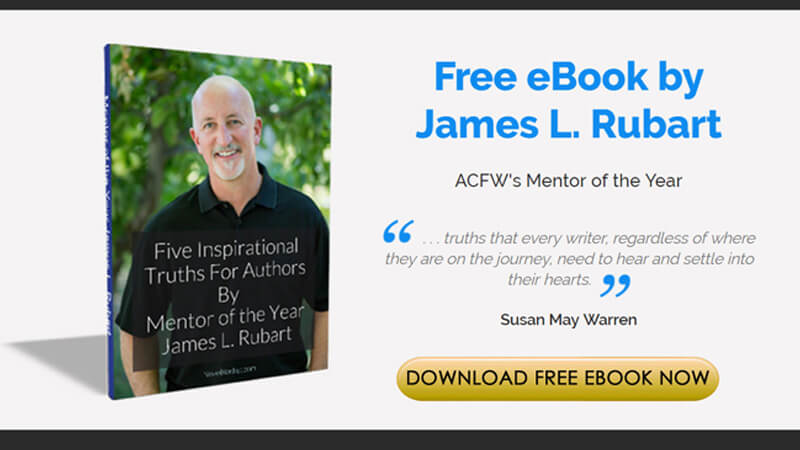


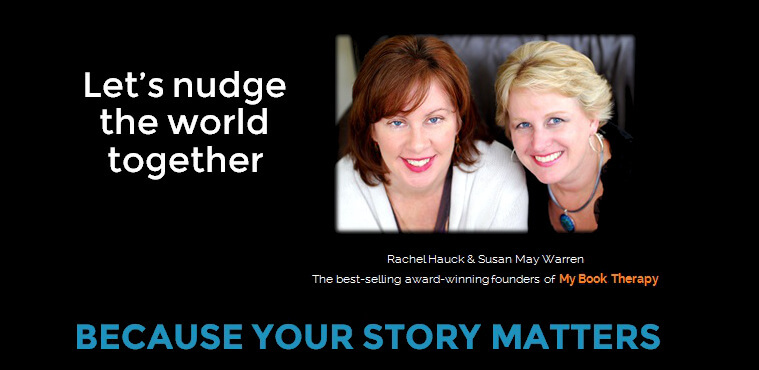
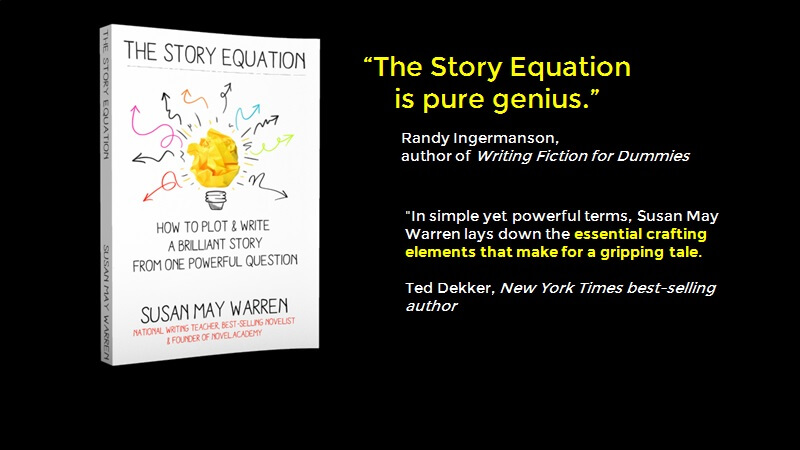



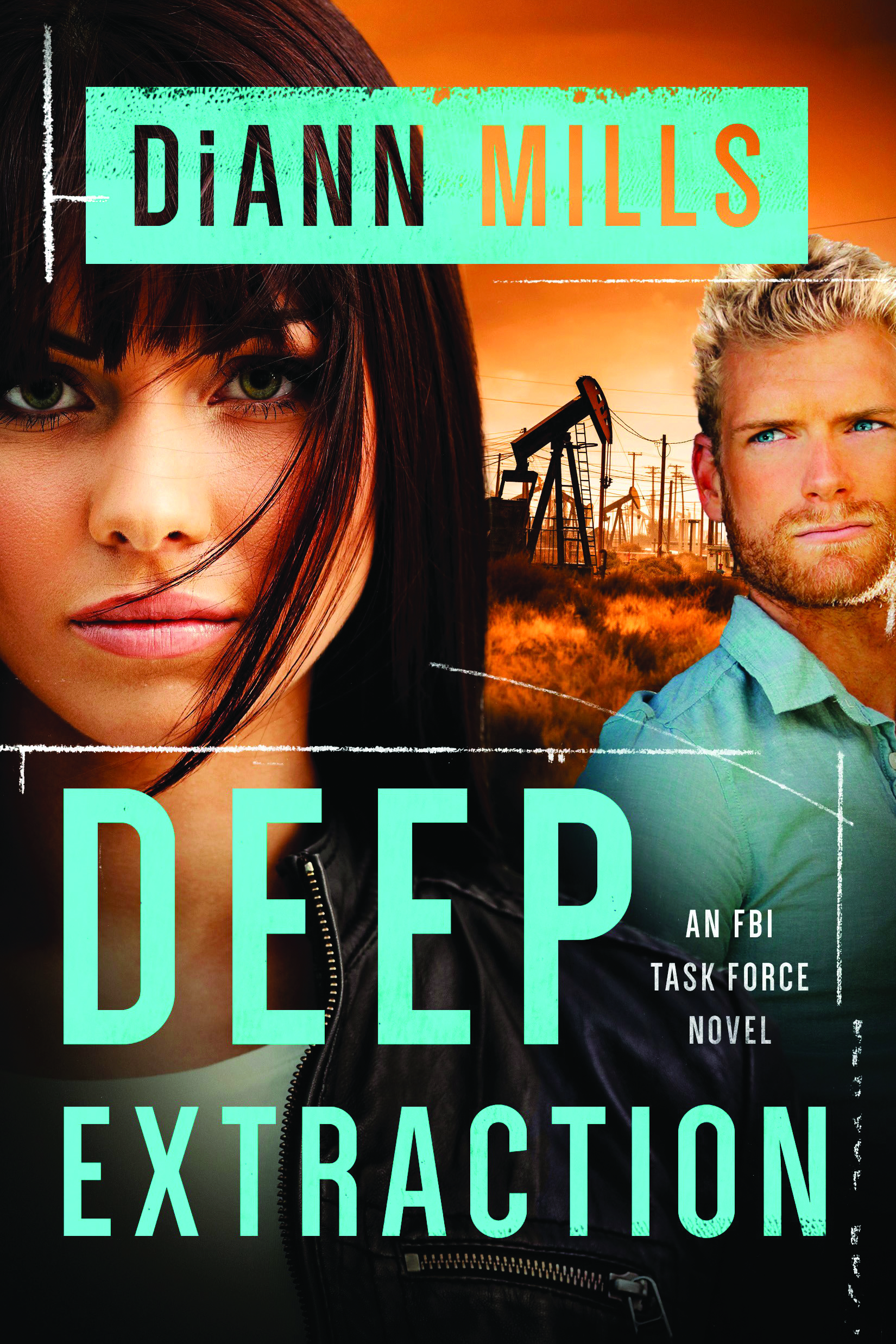
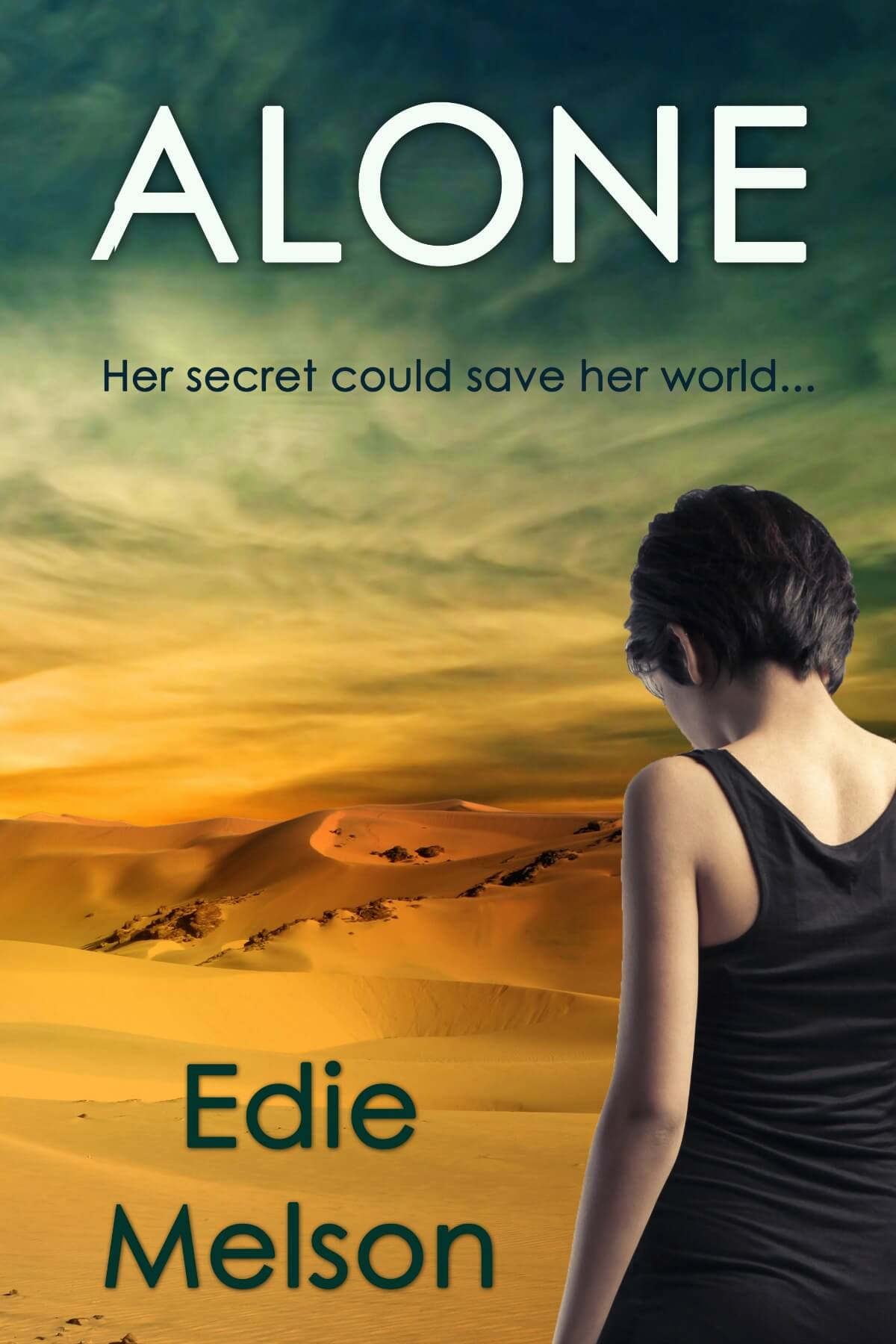









Brandilyn, you not only talk a good game, you back it up. I always enjoy your ability to combine fast-paced stories with great characterization. Thanks for the tips.
ReplyDeleteMoi never read a novel that moi t'were not forced to.
ReplyDeleteAny doubt this woman loves her husband?
ReplyDeleteYes, if we compare her actions with 1 Cor. 13, we don’t see love in her actions. What we see is fear and anger, which by Robert Plutchik’s wheel of emotions are direct opposites. So, in that way, it is consistent with the point that an emotion can be shown by moving the character toward the direct opposite, but love is not the emotion shown.
As it is used in the Bible, love is an action we choose. We see love by the results. We see love when a character is long suffering, is kind, etc. As with love, these are choices rather than feelings, but the character in the scene fails to demonstrate these by knocking the roses in the floor.
This post refers to love revealing itself through hate. I think this is most true when the actions of one character reveal love while the actions of the other reveal hate or contempt. Notice the woman is very upset. It says she hates him. She’s standing there ready to tear into him. Rather than taking a defensive attitude, the man takes it meekly. He has his failings and he doesn’t do it as well as he should, but the man in this scene loves his wife. We might not be able to see this if she hadn’t gotten so worked up.
Thanks Brandilyn. You always offer up excellent and useful advice.
ReplyDeleteI have to disagree there, Tim.
ReplyDeleteThe Greeks used up to 5 different words for love, more than one of which appears in the bible; whereas English only uses one word for “love.”
In fact, the very idea that the Greeks used to use 5 to 6 words to our one shows how varied emotions are and how needed Brandilyn’s post is. Just like there are several version of a particular word, there are unlimited ways one can experience emotion.
I remember someone telling me when I was expecting my daughter, “Don’t be surprised if sometime during the first month or two you find yourself resenting your child. Don’t worry. It will pass. It happens to us all, even though no one hardly admits it.”
And you know what . . . she was right! About two months in, I experienced exactly what she spoke of. Did that mean I didn’t love my child. No, not all. And if someone were writing a story with a new mom in it, it would come across as more realistic than if the new mom was singing along with blue birds as she changes her baby’s diaper.
Great post, Brandilyn. Thank you!
I do not claim to be a Greek scholar and must rely on those who are. David Lanier wrote about love on page 1054 of the Holman Illustrated Bible Dictionary. He says that in NT times there were only three Greek words for love. These are eros, phileo and agapao. Only phileo and agapao are used in the NT. Jesus commanded us to love (agapao) one another in John 13:34. In Ephesians 5, husbands are commanded to love their wives. Obviously, we use the word love to mean many more things now. It can mean lust, desire, zeal and other things, but in the Biblical sense, the concept of love is an action that we are commanded and enabled to do by God.
ReplyDeleteAh but, Timothy, would that be a good novel? We're talking fiction, and when I read about a really nice woman, I get bored and frankly don't believe the character.
ReplyDeleteIf you're writing a How to Love Your Husband Scripturally book, then yes.
But human emotions are never one dimensional. Even our Lord, Who loved every human deeply, displayed His hatred over their actions in the Temple.
Just an opinion by one very human woman who loves her husband and occasionally gets mad enought to throw vases. ;D
Ane,
ReplyDeleteI see where you’re coming from. I have seen plenty of books with characters that were so good I wanted to slap them, but some very good books have been written with characters that demonstrate the 1 Cor. 13 kind of love. Take The Magic of Ordinary Days by Ann Howard Creel as an example. Ray seems to follow 1 Cor. 13 exactly, but the story is far from boring. Aunt Polly in The Adventures of Tom Sawyer demonstrates that kind of love for Tom. We see her patience because she laughs at herself when he tricks her. In Where the Red Fern Grows, we see that same kind of love, but it is revealed by the selfless sacrifice that the dogs and the boy are willing to make for each other.
As powerful as love stories can be, none of us are perfect, so our characters shouldn’t be either.